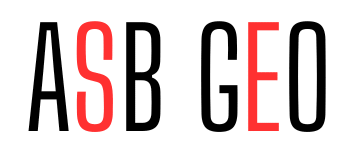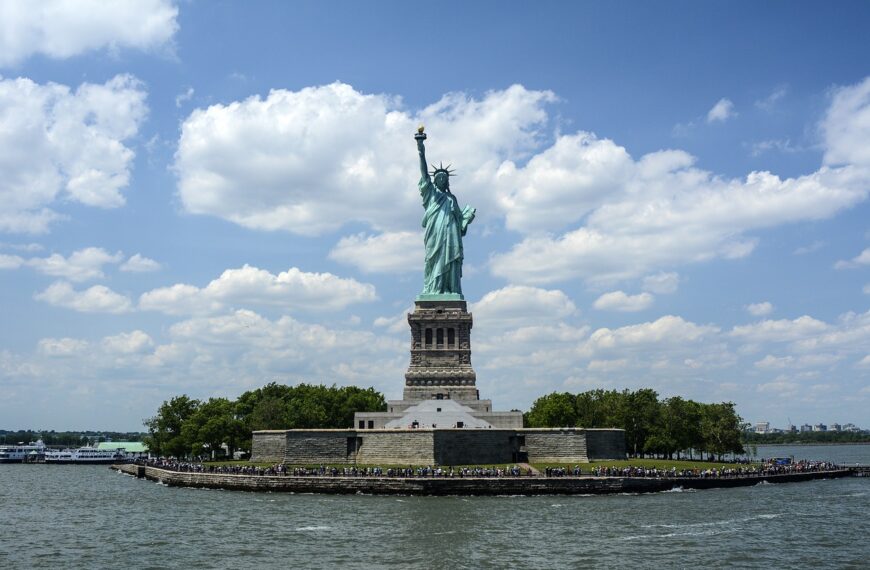Flags are a universal symbol of identity, representing nations, organizations, and even sports teams. While flags come in various designs and colors, one common characteristic unites the majority of them: their rectangular shape. But have you ever wondered why flags are predominantly rectangular? In this article, we will explore the historical and practical reasons behind the rectangular shape of flags.
Historical Evolution
The use of flags to signify identity and allegiance dates back thousands of years. Ancient civilizations, such as the Egyptians, Romans, and Chinese, all used flags for various purposes, including military signaling and marking territories. These early flags came in a variety of shapes and sizes, from simple pieces of cloth to more complex designs.
As societies evolved and formalized, so did their flags. The rectangular shape began to emerge as a practical choice. One key reason for this was the ease of manufacturing and display. Rectangular flags are simpler to produce compared to irregular shapes, and this uniformity made them more suitable for mass production. Moreover, rectangular flags are easier to hoist on flagpoles and hang from buildings, further contributing to their widespread adoption.
Another historical factor influencing the rectangular shape of flags is heraldry. In medieval Europe, heraldic banners were often displayed in a rectangular format to accommodate elaborate family crests, symbols, and color patterns. This rectangular format allowed for a standardized, easily recognizable design that could be displayed prominently during tournaments and battles.
Practical Advantages
Rectangular flags offer several practical advantages that have contributed to their continued use:
1. Visibility: A rectangular shape provides a large, flat surface area, making it easier to see and identify from a distance. This is especially important for national flags, as they need to be visible to citizens and visitors alike.
2. Uniformity: The rectangular format allows for standardization, ensuring that flags are consistent in size and design. This uniformity is crucial in scenarios like international competitions, where all flags must be equal in size.
3. Hoisting and Folding: Rectangular flags are straightforward to hoist on flagpoles, as they can be hung vertically without distortion. Additionally, folding and storing rectangular flags is more manageable and space-efficient compared to irregular shapes.
4. Symbolism: The rectangular shape, with its clear right angles and straight lines, conveys a sense of order and structure, which can be symbolically important for the entity the flag represents.
Exceptions to the Rule
While rectangular flags are the most common, there are certainly exceptions. Some regions and countries have chosen to use non-rectangular flags for specific historical, cultural, or symbolic reasons. The most famous example is Nepal, whose national flag is a non-rectangular combination of two stacked triangles. The flag of Switzerland, also known as the Swiss flag, features a square shape with a white cross on a red background. These unique shapes have strong cultural significance and historical roots.
Conclusion
The rectangular shape of flags can be traced back to practical considerations of manufacturing, display, and visibility. The uniformity of rectangular flags also simplifies their production and handling, which is essential for their widespread use. While there are exceptions to the rule, the rectangular format remains the dominant and iconic choice for flags around the world. So, the next time you see a flag waving in the wind, you’ll have a better understanding of why it often bears a rectangular shape, shaped by centuries of history and practicality.
FAQs
Why is the Nepal flag not rectangular?
Nepal does not have a rectangular flag because the top triangle stands for the big mountains in Nepal, and the lower one represents the two highest mountains in the world, Mt. Everest and Mt. Kanchenjunga. There’s also a sun and a moon on the flag that have important meanings. Nepal’s flag is unique, and it shows the country’s history and identity in a special way.

















